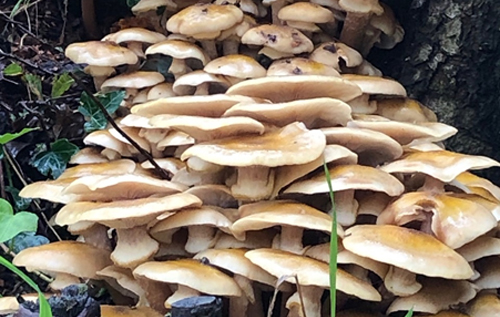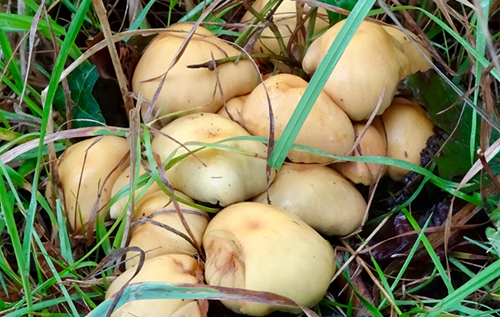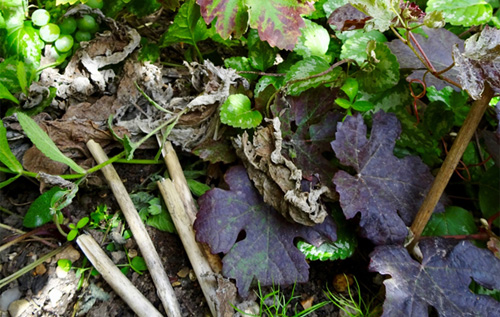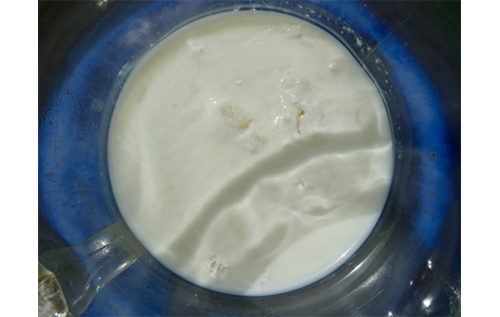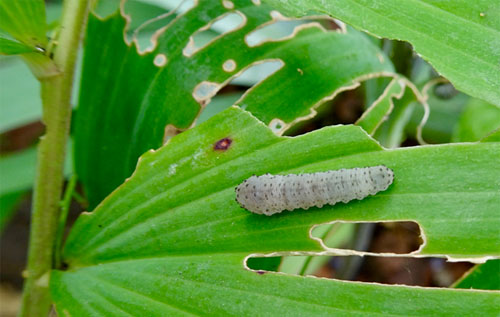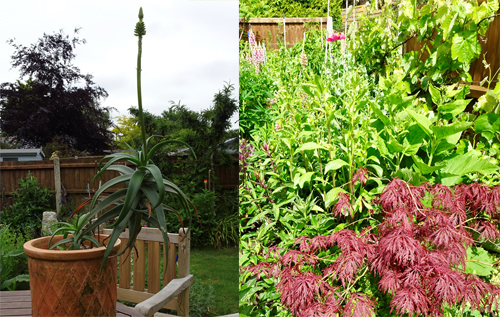By Victoria Plum
I have been tidying my garden. Every year I try to get just one step ahead of nature by clearing pernicious weeds and cutting back old growth to make space for the bold, new season.
In nature, plants would stand through winter, seeds would fall when ready, take their chance at growth, and their foliage die down to reinvigorate the soil. Tidiness and bare soil are not on the natural agenda.
So here is my dilemma: how brutal to be with the clearing of last year’s explosion of foliage and plant life?
Clearly, I cannot let nature have free rein as I would like to do and, as much as I approve of the “wilding” projects, sadly in my 7 x 30 metre garden I don’t have space for rare breed cattle, wild boar and beavers, let alone sea eagles.
And selfish human that I am I want to be able to exert a little choice over my plot to engineer space to sit, read, talk and eat, enjoy my plant collection, and to choose the plants that please me.
I think back to Reepham & District Gardening Club’s January meeting (a Zoom session online) when we were treated to information and gorgeous photos of the (to me) strange, tidy and controlled world of Japanese gardens.
Gardens are highly valued in Japan and designed to enhance your feeling of peace and calm, and to give a perfected vision of nature.
Ironically, strongarm tactics are employed to prune trees rigorously and force them to conform to be “perfect”.
In fact, all plants are subjugated to the overall ideal design, never permitted to “do their own thing”.
However, I was impressed by the “moss garden” and vowed to make my own, until today I found that nature has done it for me.
A trough with saffron growing in it seems to have provided the ideal conditions already, encouraged I think by the excess rain we had last autumn and this year. Notice how the “cheap” compost has shrunk down over two or three years.
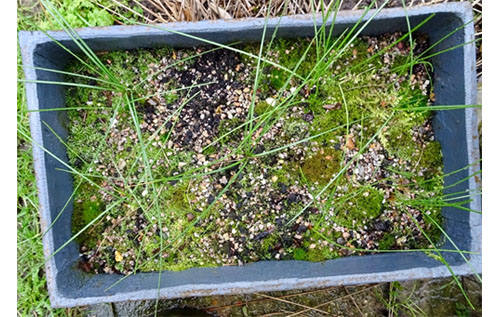
Check out the gardening club website for details of how to enjoy the next four online meetings.
Join us for a talk on Humphry Repton by the UEA’s Professor Tom Williamson on Tuesday 16 February.
I’m particularly look forward to Hawk Honey’s talk on wasps in May: the film he showed us last time on solitary bees was astonishing.


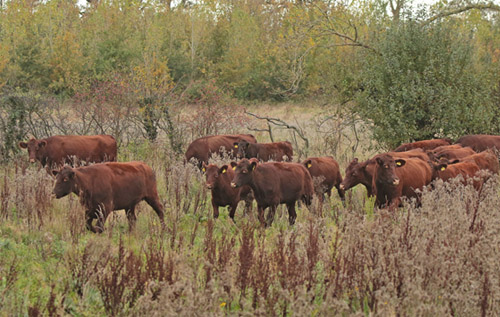
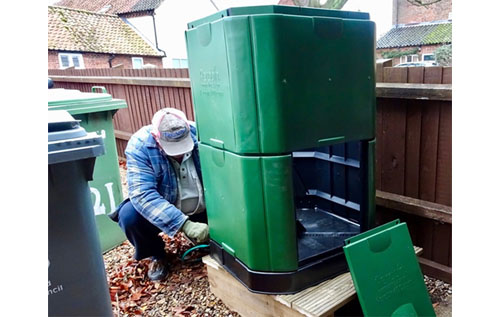
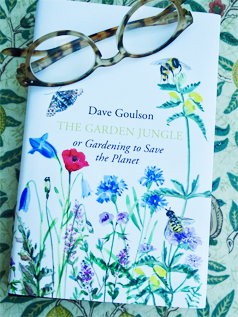 It’s funny how ideas come together.
It’s funny how ideas come together.